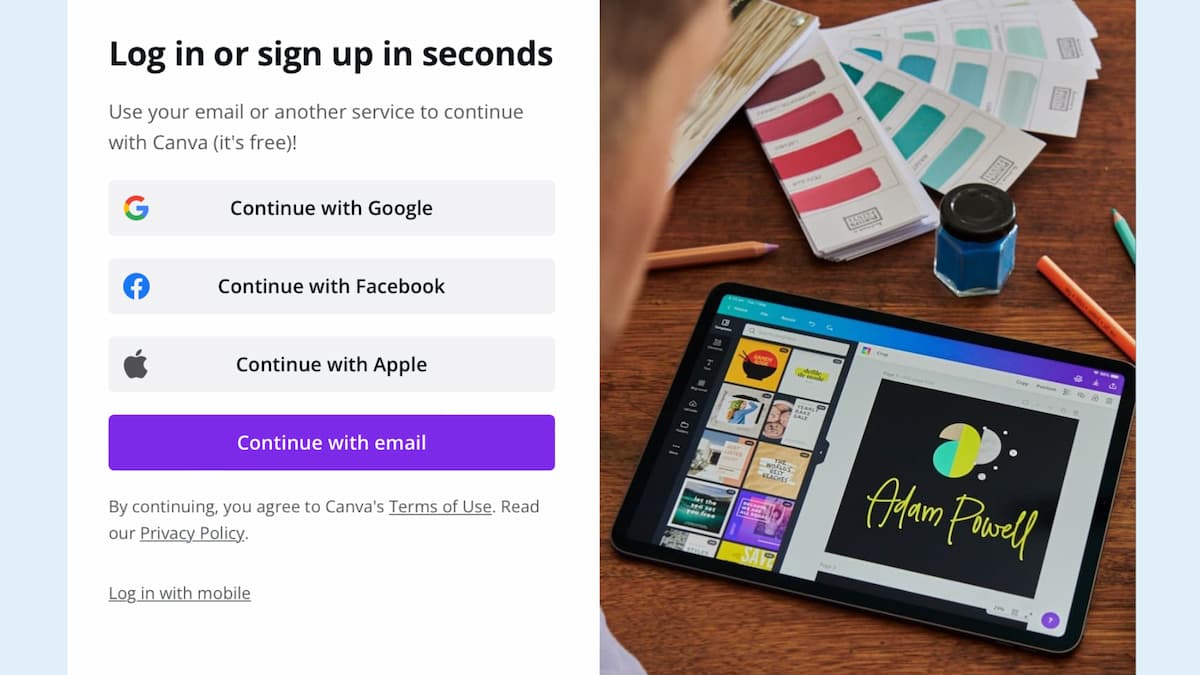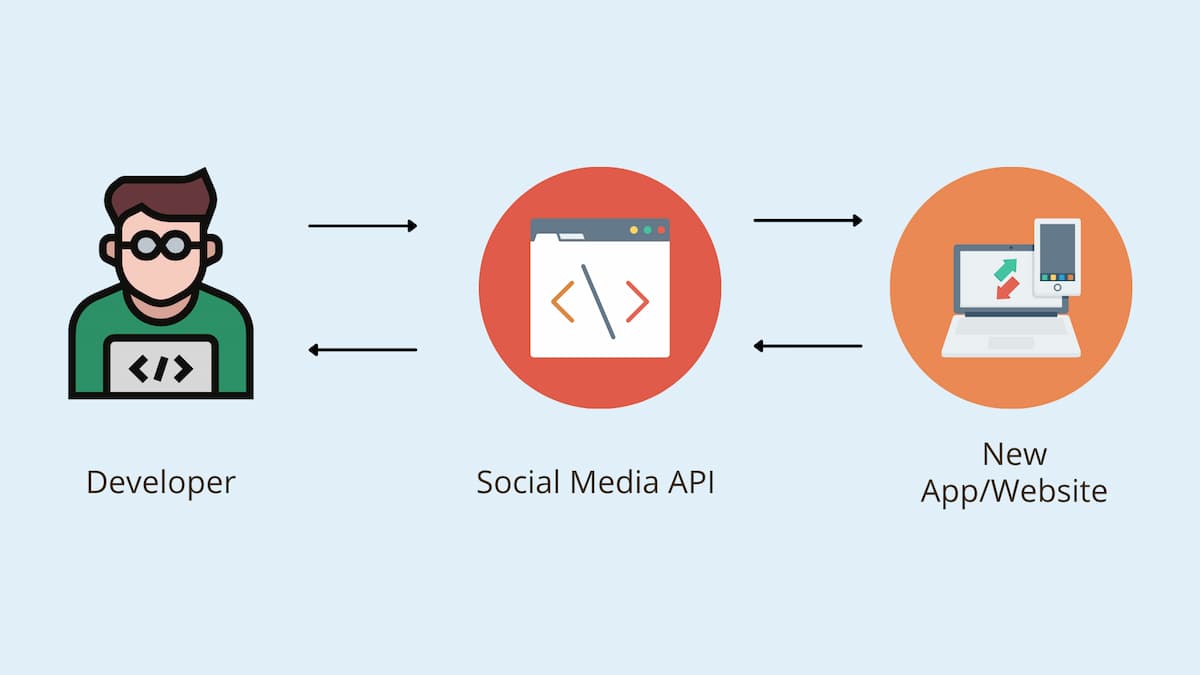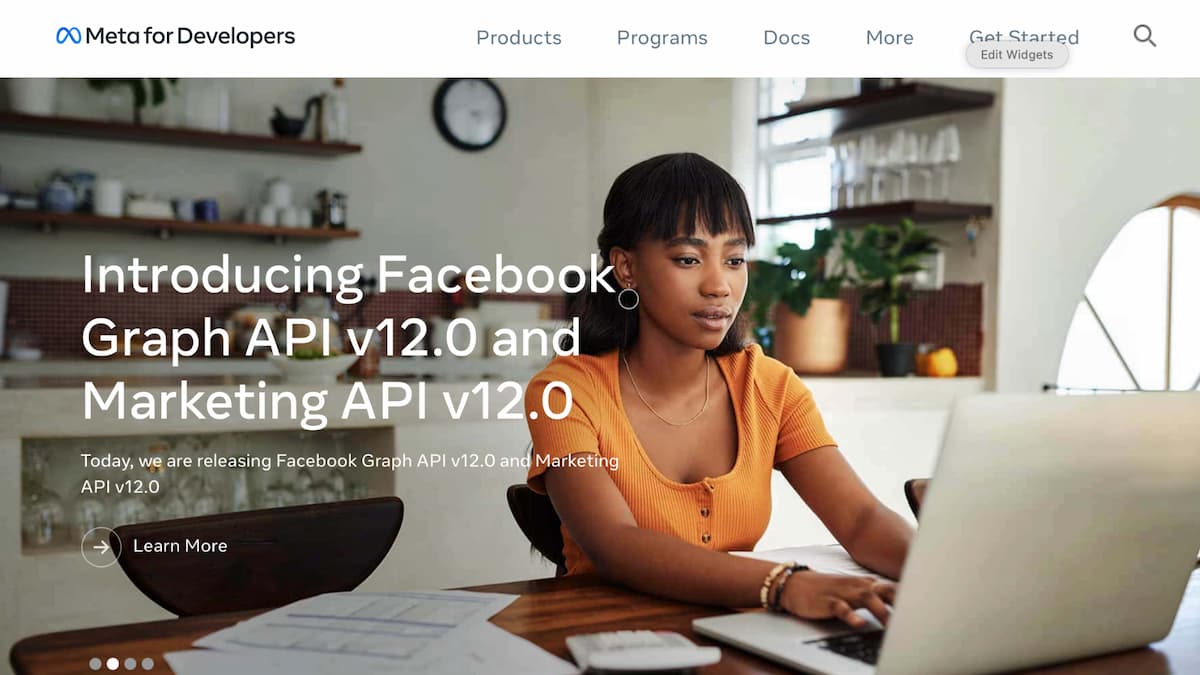Social Media APIs for Beginners
A Beginner’s Guide to Understanding What are Social Media APIs and How to Use Them.
Everyone knows the internet is built on APIs.
From booking flights on Expedia, doing online payments through PayPal and scheduling your Instagram posts – you’ve most likely experienced the power of APIs first hand.
Social media APIs are more common than you think.
Try using your mobile device to access websites and you’d most likely be asked to log in with your Facebook profile.

I’m sure this screen looks familiar.
But how are social media tools able to get access and allow you to post content across different networks with just a few clicks?
In this post, we’ll explain social media APIs: What they are and how you can use them. Whether you’re a marketer, beginner developer or anyone involved in planning content, this beginner’s guide is for you.
What is an API? And how does it relate to Social media platforms?
By now, I’m sure you’re quite familiar with social media scheduling tools. They’re popular because they’re easy to use and help brands manage content on multiple social platforms at once.
But do you wonder how tools like Buffer allow you to create, schedule and analyze your content on Facebook, Instagram, and Twitter?
The answer is Social Media APIs.
Social Media API explained
API stands for Application Programming Interface:
- A- Application
- P- Programming
- I- Interface
Social Media APIs are the interface between different apps and social networks. They act like a “Messenger” by taking your request to a Social Network (endpoint) and then delivering their reply back to you.

Does this definition sound confusing?
Let’s think of an analogy.
Imagine you’re looking at a restaurant menu.
The menu comes with a list of food items you can order based on their description. Once you place your order, the kitchen will start preparing your food and deliver you the finished dishes.
You probably have no idea what happens in the kitchen, and how the food is prepared. All the communication between you and the kitchen is done through an app interface.
APIs are the same – developers don’t need to know how to code them, they just need to know what functions they fulfil and pick the right ones to use in their apps.
How are social media APIs used?
Today, most social media management tools are built using, you guessed it: APIs. These APIs help users manage content from a single dashboard. If a tool doesn’t have a common scheduling feature – it’s most likely because they don’t have that specific API.
There are many different types of APIs.
Some are free and available to use by the general public like the Google’s YouTube API, others are private and used to connect different apps within an organization.
Social Networks have their own APIs

All major social media networks (including Facebook, Twitter, Instagram, YouTube, TikTok, and LinkedIn) come with their own APIs. Developers can work with these APIs to build new social media scheduling software and apps. While you can’t copy and resell these APIs, you can improve them and integrate them into your app to improve user experience.
1. Facebook Graph API and Instagram API
This API allows business accounts to manage content on Facebook and Instagram including:
- Login with Facebook profile
- Posting with images and videos and replying to comments
- Finding hashtags
- Accessing basic post metrics, insights, and analytics.
Learn how to use the Facebook Graph API with this guide.
2. Twitter API
This API gives developers access to Tweets, Direct Messages, Spaces, Lists, users, and more. As a developer, you can integrate this API in your app to allow users to post directly on Twitter from your app.
Suggested read: Top 10 Social Media Network APIs.
These APIs are FREE but come with some limitations. And the main one is the strict approval process for third-party apps and developers.
3. Ayrshare API
Ayrshare’s API allows businesses to publish content to multiple social profiles – including Facebook Pages, X/Twitter, LinkedIn, Instagram, YouTube, Google Business Profile, Reddit, TikTok,, and Telegram – with a single API.

- Scheduling tools use APIs that allow users to publish content across multiple social networks:
- Buffer
- Hootsuite
- Later
- Social media analytics tools use APIs that pull user data and summarize it in an analytics dashboard:
- Iconosquare
- Notjustanalytics
Examples of tools using social media APIs:
- Hashtag research tools that track hashtag usage across multiple networks:
- HashtagIQ
- Kicksta
- Advanced Tools use social listening APIs that can track ad performance and social mentions:
- Hootsuite
- Sprout Social
… and many more!
What are the advantages of using a Social Media API?
For users:
- One of the main advantages for marketers is being able to manage content from a single app instead of using 3-5 platforms.
- Additionally, products built on top of APIs let users can save time by not having to manually post content on each social network.
- APIs allow products to generate useful analytics reports.
For developers:
- Using social media APIs allows developers to add new features to their websites by selecting useful APIs that have been proven to work. This helps developers work faster and save time.
- Additionally, APIs reduce fragmentation across different apps through a system of interconnected apps and platforms.
Conclusion
Today, many scheduling tools use APIs.
But APIs are technical and many marketers may find it difficult to understand. However, a little bit of knowledge on how social media APIs work, will empower social media users and marketers in planning better content.
Hopefully, you’re now more clear on the role social media APIs play on the internet and why they’re important for developers and marketers alike.

